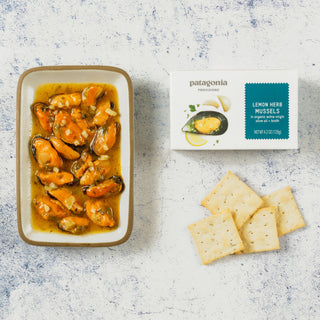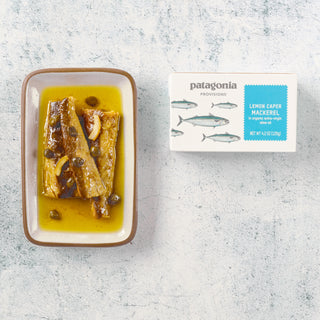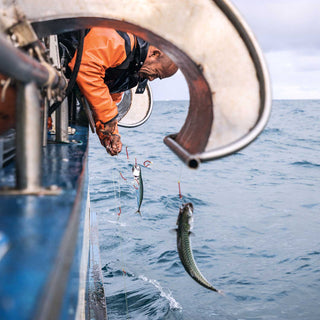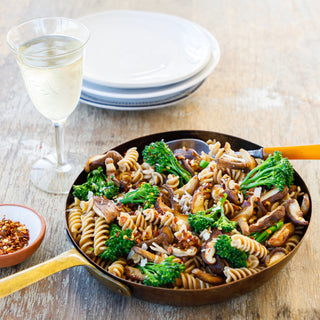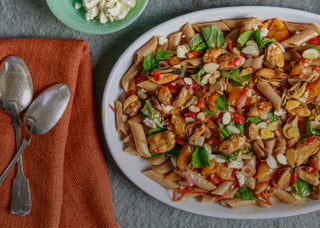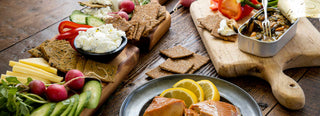What Exactly Is Gluten Free?
When you kick off a gluten-free diet, you quickly realize it’s not just about giving up wheat bread and pasta. Gluten, a protein mainly found in wheat, rye, and barley, makes its way into all kinds of foods, including things like salad dressing and veggie burgers. That can be daunting, whether you’re giving up gluten because you have celiac disease or because you just feel better not eating it.
Fortunately, gluten-free eating isn’t the uphill climb it used to be, thanks to greater awareness and a wider range of seriously good gluten-free foods. By changing a few habits, you’ll get more comfortable with shopping, eating out and cooking, and gluten-free eating won’t feel like a sacrifice.
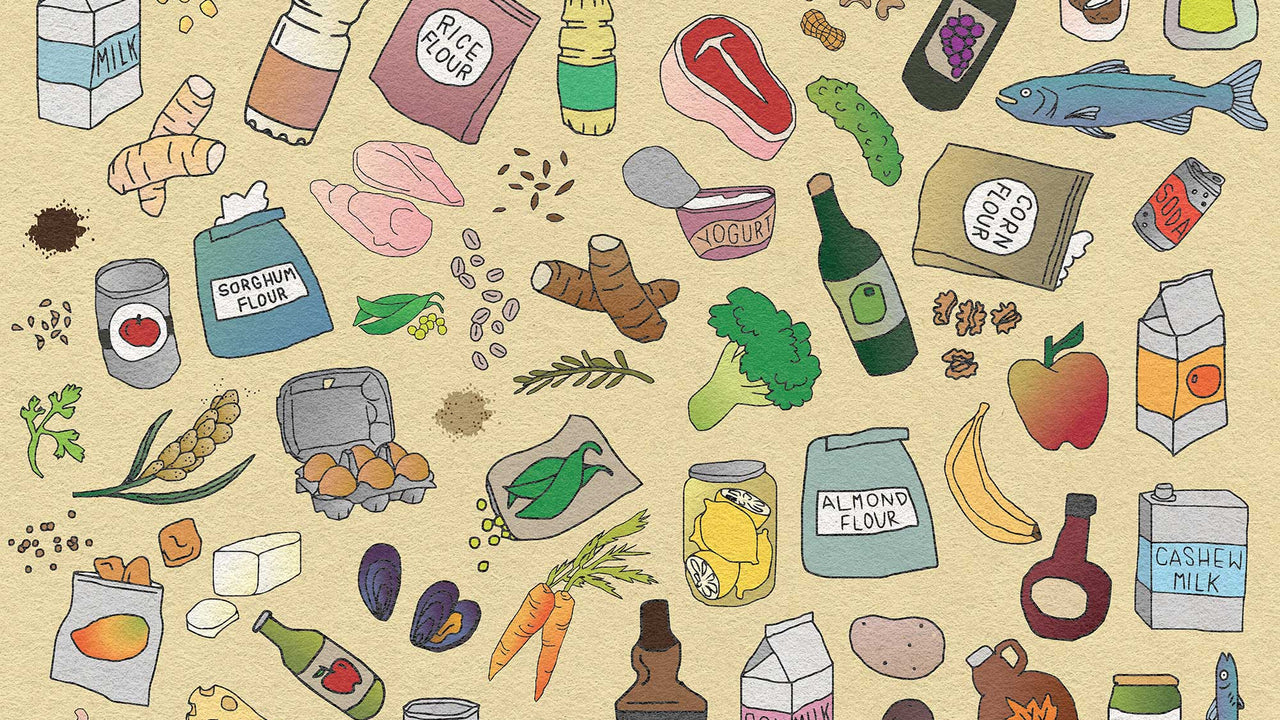
Which Foods Are Gluten Free?
Unprocessed whole foods tend to be your best bet, since processed foods often contain gluten. Nutritious, naturally gluten-free foods include all fruits, vegetables, and unprocessed beans, fish, meats, seeds, legumes and nuts. Some grains, including rice, millet and flax are all gluten-free too. Basically, eating gluten-free aligns with a diet that’s good for you, period.
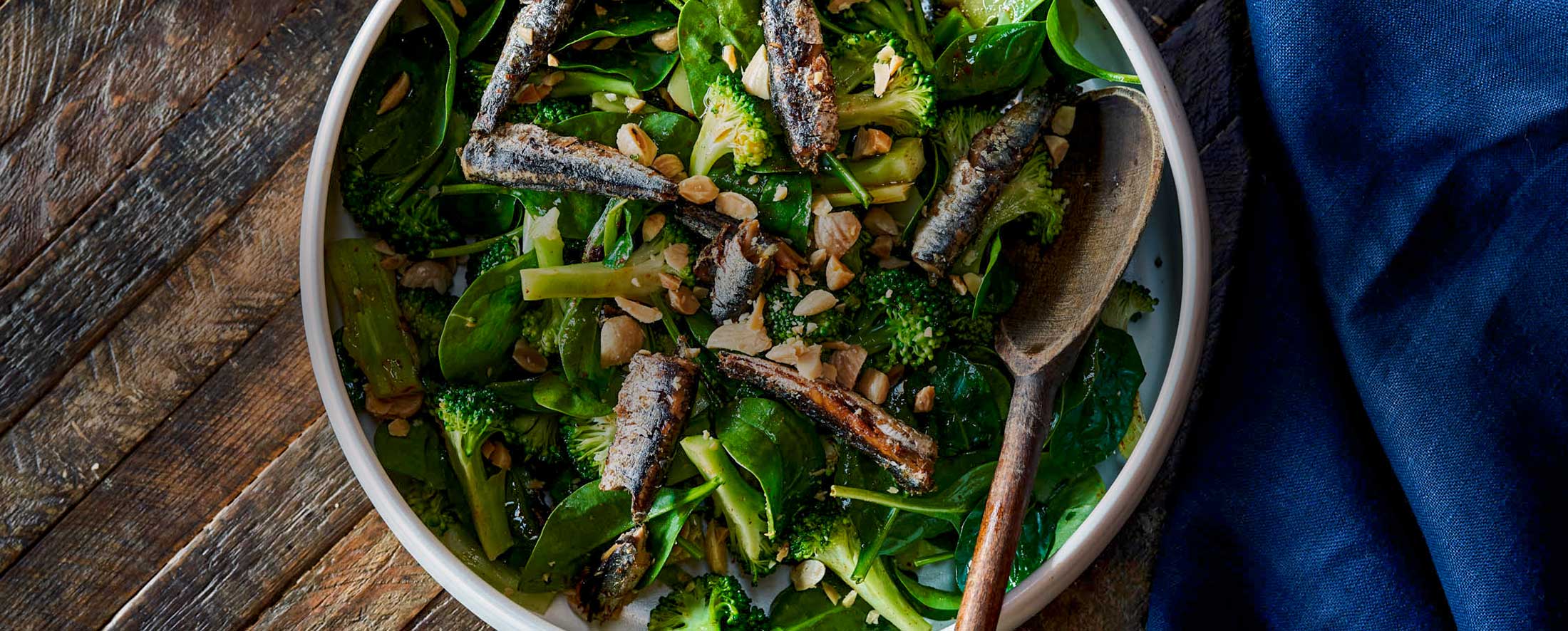
8 Tips for Eating Gluten-Free Food
1. Ditch the main sources of gluten
In broad terms, eating gluten-free means avoiding four ingredients—wheat, barley, rye, and triticale (a cross between wheat and rye). But as anyone who has walked down the baking and grain aisles has seen, there are many types of wheat, all of which contain gluten. These include durum, einkorn, emmer, kamut and spelt. While all-purpose wheat flour is ubiquitous, many other types of flour—including enriched, semolina, and self-rising flours (all named for how they’re processed)—are wheat-based and contain gluten as well.
2. Read labels
Make it a habit to scan the label before you
buy any packaged food. The term “wheat-free” doesn’t always mean gluten-free; be sure the ingredients list has no barley, rye, malt, brewer’s yeast, or oats (unless the oats are labeled as gluten-free). If a label says “gluten-free,” the food meets the FDA criteria of containing less than 20 parts per million of gluten, a level most people with celiac disease can tolerate.
3. Beware common sneaky sources of gluten
Some seemingly gluten-free foods actually contain gluten. All the more reason to read labels.
- Dressings and sauces (often made with flour
- French fries that may be dusted with starches that contain gluten
- Stir fries (tofu may be dusted with flour before frying, for example)
- Alternative-meat burgers
- Soy sauce (often contains wheat)
- Ground spices (some have gluten to prevent clumping)
- Chewing gum
- Bouillon cubes and some canned broths
- Energy bars (some have barley malt extract)
4. Be restaurant savvy
Going to a restaurant can feel like a gamble when you’re eating gluten-free, but there are ways to take the stress out of it. Before you choose a place, check out its menu online to make sure there are gluten-free options. More and more restaurants cater to gluten-free eaters (there’s even an online finder now for certified gluten-free establishments, endorsed by the National Celiac Association). Consider carrying a card listing the ingredients you can’t eat so you can show it to your server.
5. Seek out substitutions
No matter how devoted you are to whole ingredients, sometimes you just want a muffin or a big bowl of spaghetti. A few decades ago, options were scarce, but today there are plenty of gluten-free choices for prepared foods or alternative baking flours like buckwheat, almond or tapioca starch. When you’re shopping for gluten-free grains and flours, avoid the bulk bins—they can be cross-contaminated.
6. Investigate your oats
Oats are a question mark for gluten-free eaters. Although oats are naturally gluten-free, they may be cross-contaminated with gluten-containing foods like wheat or barley during harvest, storage or processing. If you’re on a strict gluten-free diet, look for oats that are labeled gluten-free, meaning they’re processed in separate facilities. It’s worth noting that some people with celiac disease cannot tolerate even the oats that are labeled gluten-free.
7. Store your food separately
If you live with someone who does eat gluten, you’ll want to establish some boundaries in the kitchen, especially if you have celiac disease. Store gluten-free and gluten-containing foods in different cupboards or shelves; have separate cutting boards, toasters, and sponges; and wash dishes and countertops thoroughly after cooking foods with gluten.
8. Check your meds
Gluten can sometimes be found in vitamins and nutritional supplements as well as prescription and over-the-counter medications, where gluten may be used as a binding agent. The labels should reveal whether gluten is a factor.
Note: The suggestions here have been reviewed by a registered dietitian nutritionist (RDN). However, they should be used for general educational purposes only and not interpreted as customized medical advice or care. Always seek the guidance of a doctor or other qualified health provider to figure out what’s best for you.


